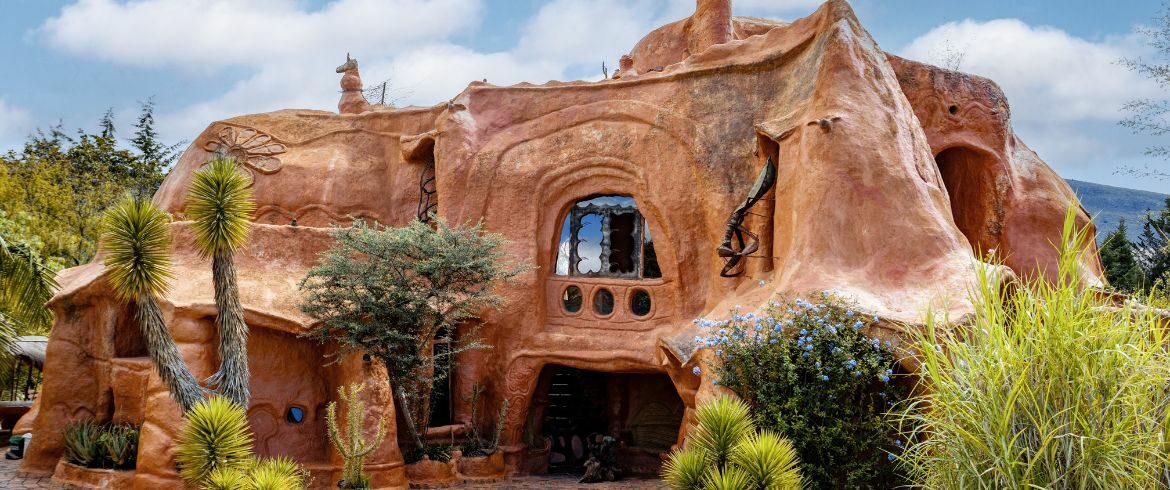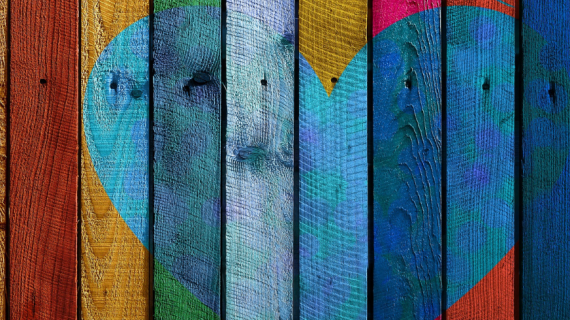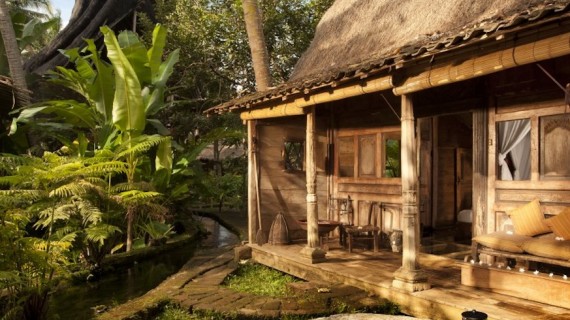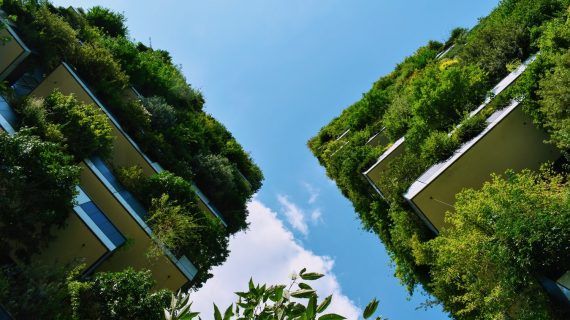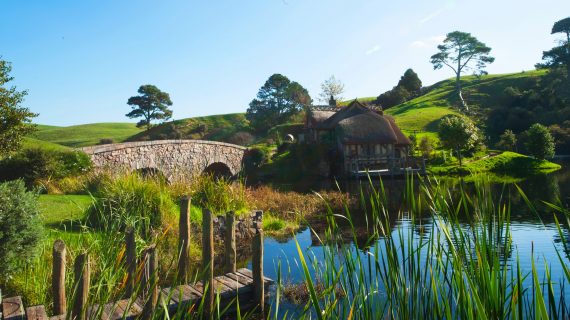Cob houses are amazing and sustainable: Victor Jacquet of the Architecture Naturelle association explains it to us in this interview
Cob houses are homes constructed using a mixture of clay, sand, straw, and water. This traditional building technique dates back centuries and has recently gained popularity as a sustainable and environmentally friendly alternative to conventional homes.
Cob houses are known for their unique and natural appearance, as the mixture of materials creates a texture that is both organic and visually appealing. They are also energy efficient, as the thick walls provide insulation and help regulate temperature.
Another advantage of cob houses is their durability. Cob is a strong and fire-resistant material that can withstand natural disasters such as earthquakes and hurricanes. Additionally, cob houses can be designed to integrate with the surrounding environment and to make use of renewable energy sources such as solar power.
One of the biggest benefits of cob houses is their environmental impact. Cob is a natural and locally sourced material that requires minimal processing and transportation, reducing the carbon footprint of the building process. Additionally, cob houses are often designed with sustainable features such as green roofs, rainwater harvesting systems, and composting toilets, making them a truly eco-friendly choice.
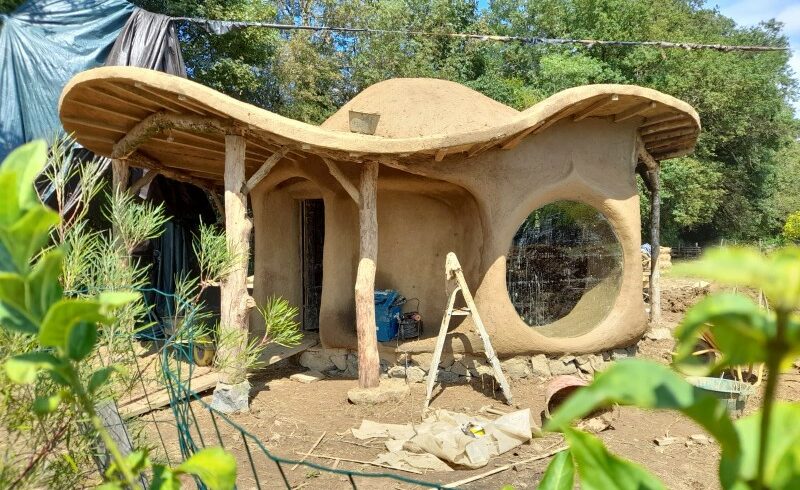
We interviewed a cob house expert, Victor Jacquet, of Architecture Naturelle, a French association that promotes clay for the construction of sustainable and welcoming architectures with soft and harmonious shapes. Here’s what he told us.
How did your Artistic Cob Houses project come up and why?
I’ve discovered natural buildings in Brittany during my childhood. Since then I’ve been involved as a helper, a volunteer in different types of projects. A passion was born, I discovered a work that I loved, with ethics, meanings and beauty. It was also a good way to get involve in a new way of being in society, ecologically, collectively and economically.
From this point, I created an association “vivre avec la nature”: live with nature.
The idea was to promote a way of being aware of life that surrounds us (humans seems to be very anthropocentric) and so of letting it be itself without controlling or destroying it.
To come back to the building aspect, my field of action is about natural architecture. Natural architecture blends with the natural environment, using sustainable materials and techniques. It creates structures that are energy-efficient and harmonious with the earth. It is a beautiful balance of form and function. In our case, we are specialised in sculpting artistic shapes with clay.
Nowadays, we are buildings in different places, people contact us to build any types of projects: it goes to tourism, office, a studio, a cave, artistic project, to a house.
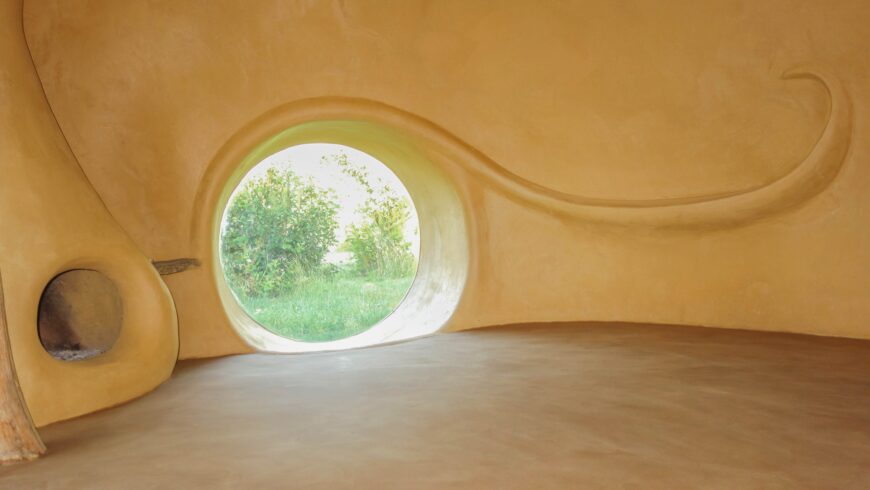
What are the advantages of using clay as a building material?
Clay is wonderful and really incredible, it was the main material used since millennia. However, even if it is still used worldly, in many countries concrete and bricks has become more popular.
- It can last for hundreds of years when properly maintained and can be reused many times.
- Clay is a natural resource that is abundant and renewable. It is also energy-efficient to produce, as it requires less energy to manufacture than other building materials.
- Also, it has a high thermal mass (it can regulate the heat during along the season): it makes it more energy-efficient.
- Clay is resistant to fire.
- Clay is generally less expensive than other building materials, such as brick or stone.
- Walls floors and roofs. It can also be molded into almost any shape, which allows for a lot of design flexibility.
- Clay has a natural, warm appearance that is pleasing to the eye. It can also be glazed or painted to add color and interest to a building.
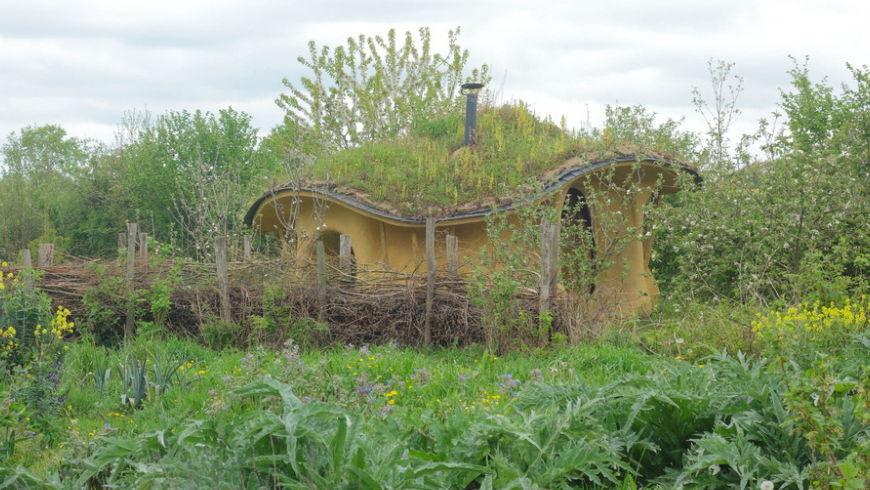
What are the main difficulties to face in building this kind of house?
There are a few challenges that may arise with clay:
- Clay is porous and can absorb moisture from the air. This can lead to problems with mold and mildew if the clay is not properly sealed.
- Clay will shrink as it dries, which can cause cracks to form in the walls. To prevent this, the clay must be properly mixed and cured, and the walls/floor/roof must be built to allow for shrinkage.
- Clay is a heavy material, which can be a challenge during construction. This may require additional support to be added to the foundation to ensure the stability of the building.
- Applying finishes to clay can be challenging, as the porous nature of the clay can make it difficult for paint or other finishes to adhere properly.
- Clay is not as widely available as other building materials, such as wood or concrete. This can make it more difficult to find contractors who are experienced in working with clay, and it may also increase the cost of building with clay.
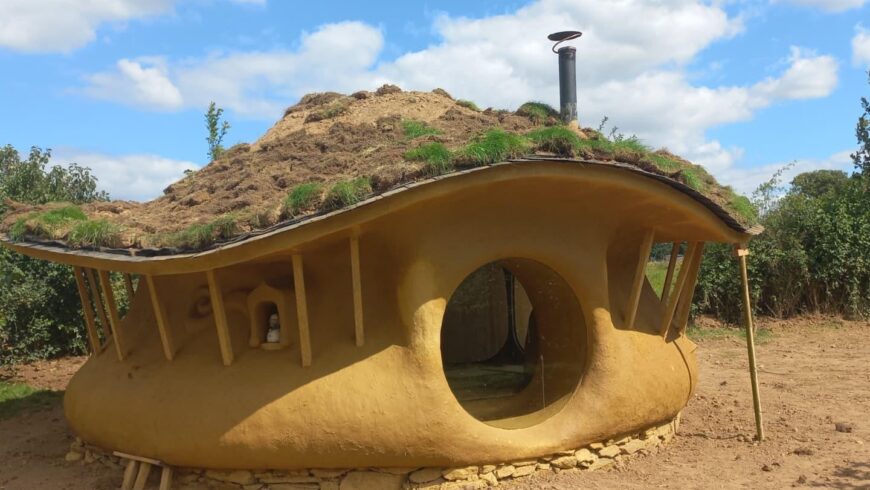
What is the most incredible and original project that you have ever realized?
I find all the project that I’ve done really amazing. It’s always an adventure!
First, we define, the dream, the vision of the project and then, when we work there is a spontaneous aspect that makes the flow fulfilling and creative! An artist can work very well on his own and the particularity of this type of work is that it has a collective aspect that makes the dynamic very special!
What do people most like about your projects?
I think that what people really enjoy is the collective aspect, it creates strong bonds that can become easily durable. Aside that aspect, the creative process is definitely something that brings joy: it is so rare to do something that has meaning and in which we can a certain degree of autonomy.
Plus, the ecological aspect and the societal ideology behind those worksites are very valuable.
What are your future plans?
Our house is on fire, we are facing an emergency.
I am aiming to promote natural building and another type of making society (with participatory worksite and by creating a resilient neighbourhood)! Of course this is done with joy, fun and art as much as we can!
Thank you Victor for the interview!
In conclusion, cob houses are an excellent option for those seeking a sustainable and environmentally conscious way of living.
With their unique appearance, energy efficiency, durability, and low environmental impact, cob houses are a testament to the possibilities of building with natural materials.
More info at the website: Acceuil – vivre avec la nature
Cover image: photo via Canva PRO
